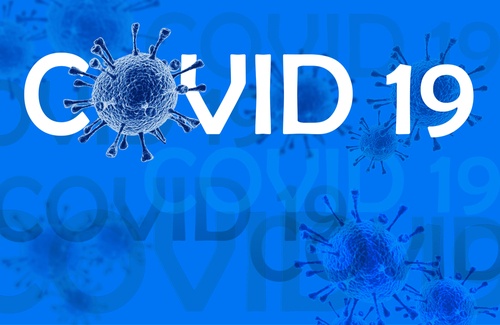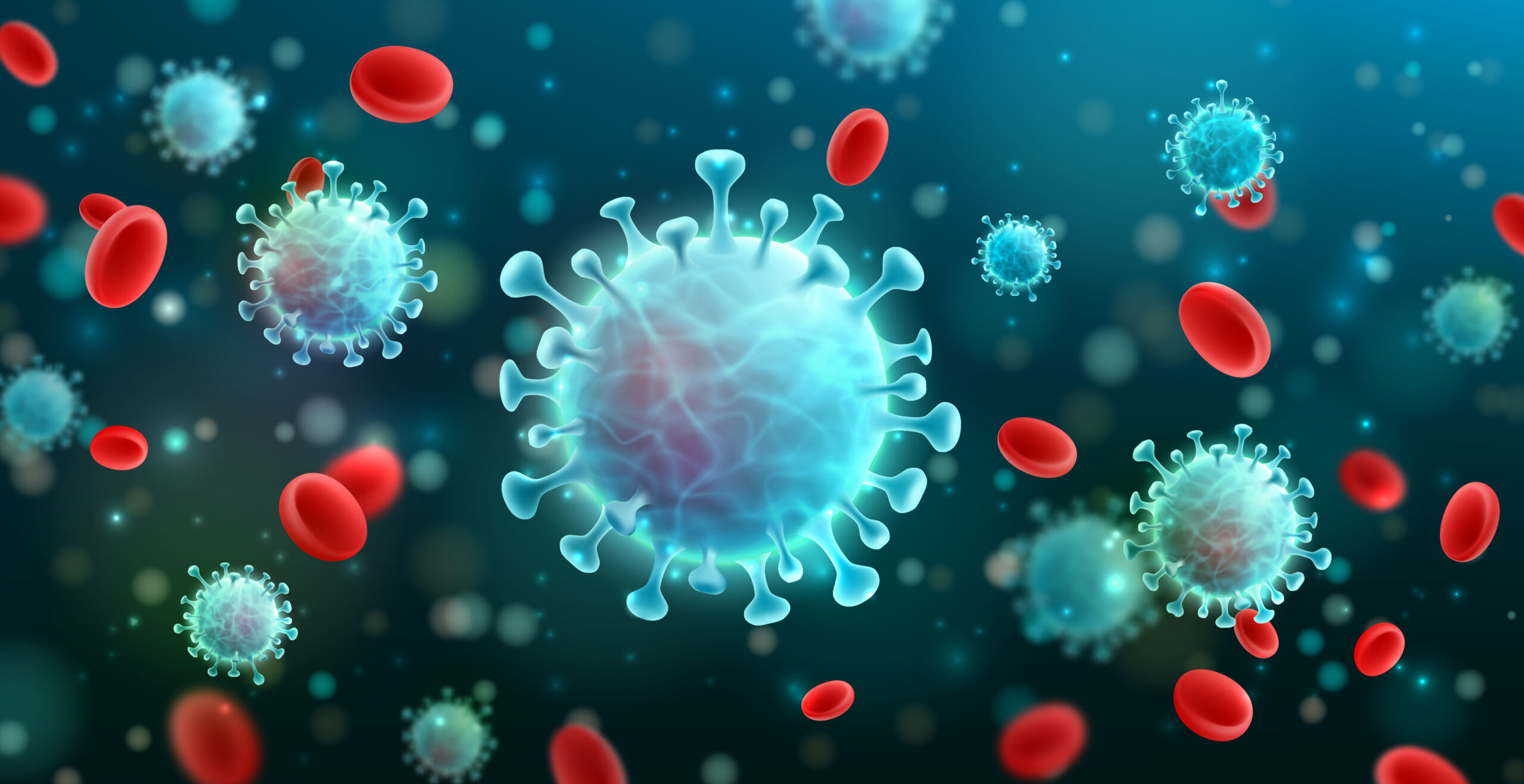
Ana Valente, MSc, and colleagues conducted a multicenter, observational, prospective longitudinal study to examine the effect of a telehealth-delivered nutritional intervention via telephone in maintenance hemodialysis patients during the COVID-19 pandemic. The study cohort included data collected during the COVID-19 pandemic on 156 patients undergoing maintenance hemodialysis at 15 dialysis units. Results were reported in the Journal of Renal Nutrition [2022;32(3):319-325].
According to individual biochemical and nutritional parameters, participating patients were assigned to receive dietary counseling during a phone call. Factors recorded at baseline and 1 month following nutritional counseling were dry weight, intradialytic weight gain percentage (%IDWG), body mass index, potassium, phosphorus, calcium, calcium/phosphorus product, normalized protein catabolic rate, albumin, and hemoglobin.
Following dietary advice, there were significant decreases in the prevalence of hyperkalemia and hyperphosphatemia. Following counseling targeted to hyperkalemia and hyperphosphatemia, there were statistically significant reductions in serum potassium and phosphorous levels. There was also a statistically significant decrease in the prevalence of hypophosphatemia.
There was a significant decrease in %IDWG, although there were no statistically significant differences detected in patients with high %IDWG.
When the participant receiving the phone contact was the patient or the caregiver, there were significant differences in both potassium and phosphorus values. Differences in hypophosphatemia and %IDWG were only observed when the contact was made directly with the patient. When the contact was made through a nursing home, there were no statistically significant differences observed.
“Our results suggest that telehealth-delivered dietary interventions can improve the clinical and nutritional parameters of hemodialysis patients. Consequently, this strategy may be effective for promoting continuous nutritional monitoring in these patients, in particular when conducting a face-to-face option is not crucial,” the researchers said.






 © 2025 Mashup Media, LLC, a Formedics Property. All Rights Reserved.
© 2025 Mashup Media, LLC, a Formedics Property. All Rights Reserved.